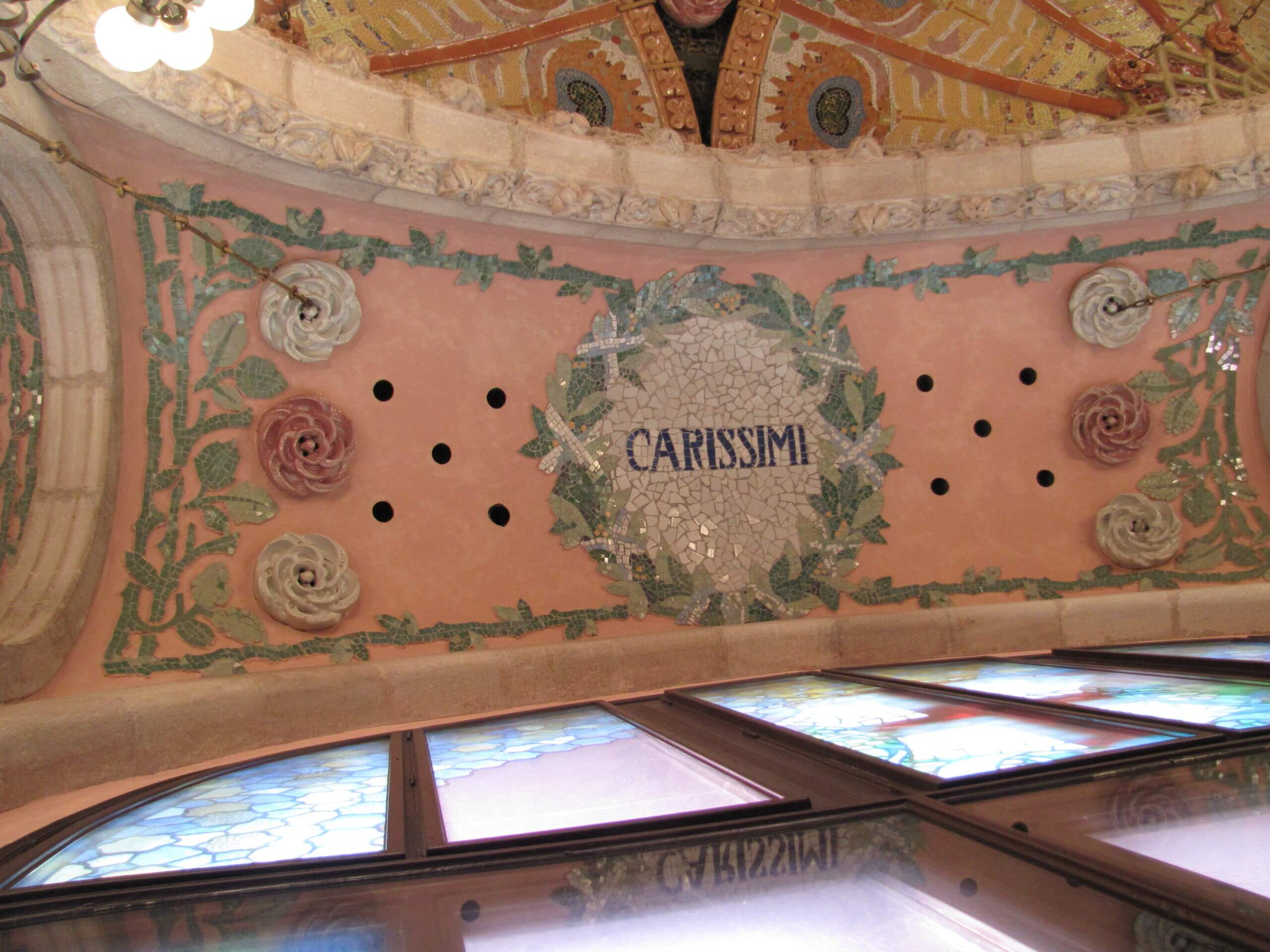Three hundred and fifty years ago, on January 12, 1674, one of the greatest Italian composers of the 17th century, or rather “the Master of Musical Europe,” suddenly died in Rome: Giacomo Carissimi.
The Jesuit Athanasius Kircher, a scientist and theologian who taught at the Roman College (the future Pontifical Gregorian University), praised him thusly in his Musurgia universalis, published in 1650:
A very excellent musician of great fame. Worthy Maestro at the Church of Sant’Apollinare of the German College for the space of many years, he stands out above the others for the creative mind and happiness of the composition, capable of transporting the souls of the listeners towards any feeling. In fact, his compositions are full of juice and liveliness of spirit.[1]
Born in Marino, southeast of Rome, in 1605, Carissimi was director of music in Rome at the German College and its associated Church of Sant’Apollinare from December 1629 until his death. He was a teacher of great students and held in high regard by popes, princes, and scholars.
His sacred production is vast, but his name is linked above all to oratorios in Latin, i.e., those dramatic musical compositions, without scenes and costumes, for solo voices and orchestra, on a religious (but extra-liturgical) subject. Carissimi’s fame is entrusted above all to the oratorios: Iephte, Ionas, Iudicium extremum, Iudicium Salomonis, Baltazar, Historia di Ezechia, Historia di Job, Dives malus, Historia di Abraham et Isaac, Lucifer, Oratorio della SS. Vergine, Vanitas vanitatum I and II, and Diluvium universale.
What better reaction could a composer have led against the Lutheran infection than a true “theater of the spirit,” at the forefront of which we find the Sacred Scripture, the Blessed Virgin Mary, the Saints, the Magisterium of the Church, and the sacramental economy?
After the gigantic work of the composer from Marino, this form of composition would continue, in Italy, with Alessandro Stradella († 1682), Alessandro Scarlatti († 1725), Leonardo Leo († 1744), Giovanni Battista Pergolesi († 1736), Niccolò Jommelli († 1774), Lorenzo Perosi († 1956), Gian Francesco Malipiero († 1973) and Domenico Bartolucci († 2013); outside Italy it would find, among the most famous authors, Heinrich Schütz († 1672), Johann Sebastian Bach († 1750), George Frideric Handel († 1759), Franz Joseph Haydn († 1809), Ludwig van Beethoven († 1827), Felix Mendelssohn-Bartholdy († 1847), Robert Schumann († 1856), Hector Berlioz († 1869), Franz Liszt († 1886) e César-Auguste Franck († 1890), Edward Elgar († 1934), Arnold Schönberg († 1951), Arthur Honegger († 1955), and Paul Hindemith († 1963).
By way of example, we can mention the short—lasting less than 13 minutes— Historia dei Pellegrini di Emmaus, an oratorio by Giacomo Carissimi for two sopranos, tenor, choir, and basso continuo, which represents the famous account of the disciples of Emmaus (Lk 24:13–35).
Duo ex discipulis Iesus ibant in castellum nomine Emmaus, the Historicus II (tenor) sings at the beginning, narrating how two disciples of Christ were directed to the village of Emmaus, about seven kilometers from Jerusalem. A three-voice choir immediately intervenes tenderly: Ite felices, ite beati — Go happy, go blissful — and interrupts their affliction over the Good Friday tragedy. Et factum est dum loquerentur de his omnibus quæ acciderant, ipse Iesus appropinquans ibat cum illis, the Historicus I (soprano) sings to tell that while the two wayfarers talk and discuss, Jesus — whom they don’t recognize — approaches their path.
O stulti et tardi corde ad credendum! Nonne hæc oportuit pati Christum, et ita intrare in gloriam suam? Christ (baritone) sings, reproaching them, as they couldn’t understand that the Messiah had to suffer these things before entering into His glory. Commenting, the choir — almost the sky at sunset — repeats its song: Ite felices, ite beati. And the Historicus I takes up the narration by saying Jesus explained to the two disciples the passages of the Bible that concerned Him: Cum igitur Iesus interpretaretur discipulis in omnibus Scripturis quæ de ipso erant[.]
The story resumes to say how, on arriving at the village where they were headed, Jesus pretends to continue the journey. But the two disciples, in a delicate two-part passage, affectionately hold him because expirat iam dies, et umbræ inclinantur, the day is far spent, and the shadows are lengthening. Jesus enters the village, the Historicus II tells. Sitting at the table with them, he breaks the bread and disappears from their sight.
Now that they have opened their eyes and recognized Jesus, the two tell each other how they felt their hearts burn when he was with them. Eamus, let us go, they say to one another, and — as if illuminating the first shadows of the night — praise the glory of the Risen One. The whole choir repeats that invitation in a broad and rhythmic way: Eamus, surgamus, canendo dicamus: “O Christi victoria, o triumphalis, o immortalis resurgentis gloria” — let us go, let us rise, let us sing the victory of Christ, the immortal glory of the Risen One.
Thirteen minutes of music in which the scene described by the evangelist St. Luke, certainly meditated on, happily reflects Giacomo Carissimi, a Christian artist who was able to draw on that sort of “immense vocabulary” (Paul Claudel) and “iconographic atlas” (Marc Chagall) which is Sacred Scripture.
[1] L. Bianchi, Carissimi, Stradella, Scarlatti e l’oratorio musicale, Rome 1969, p. 119.


